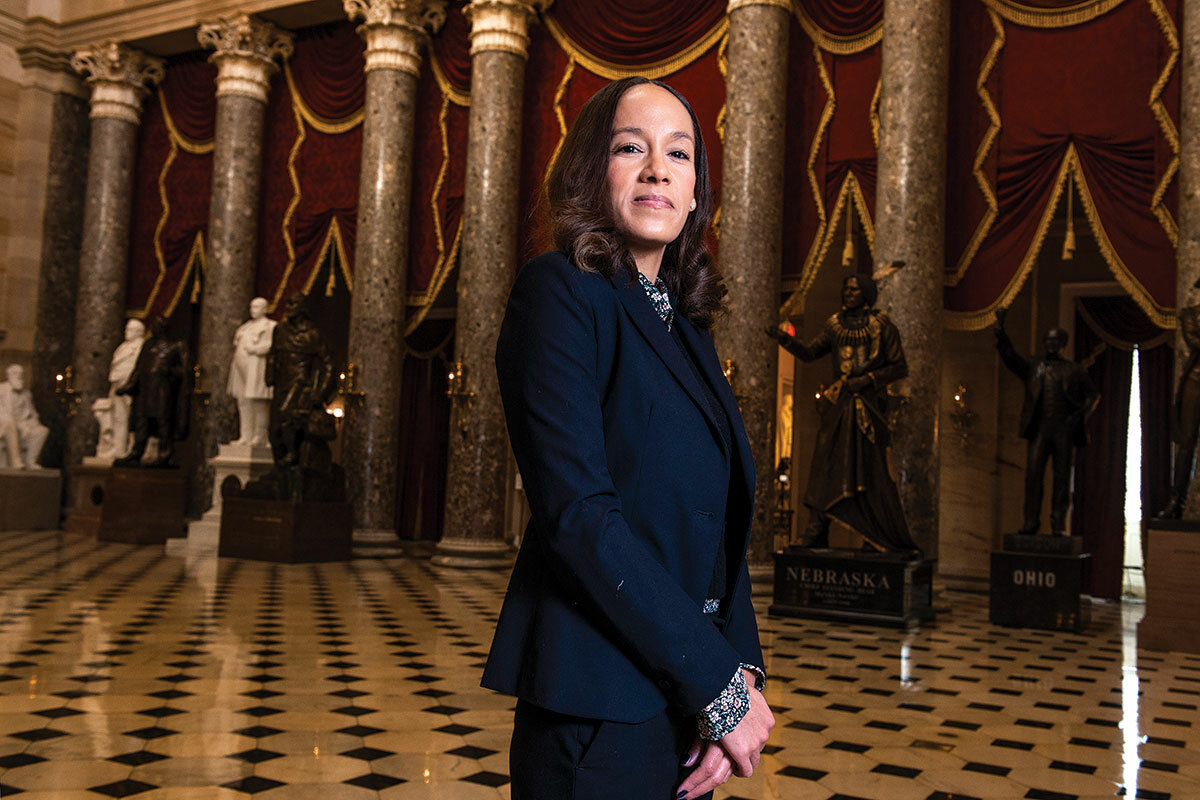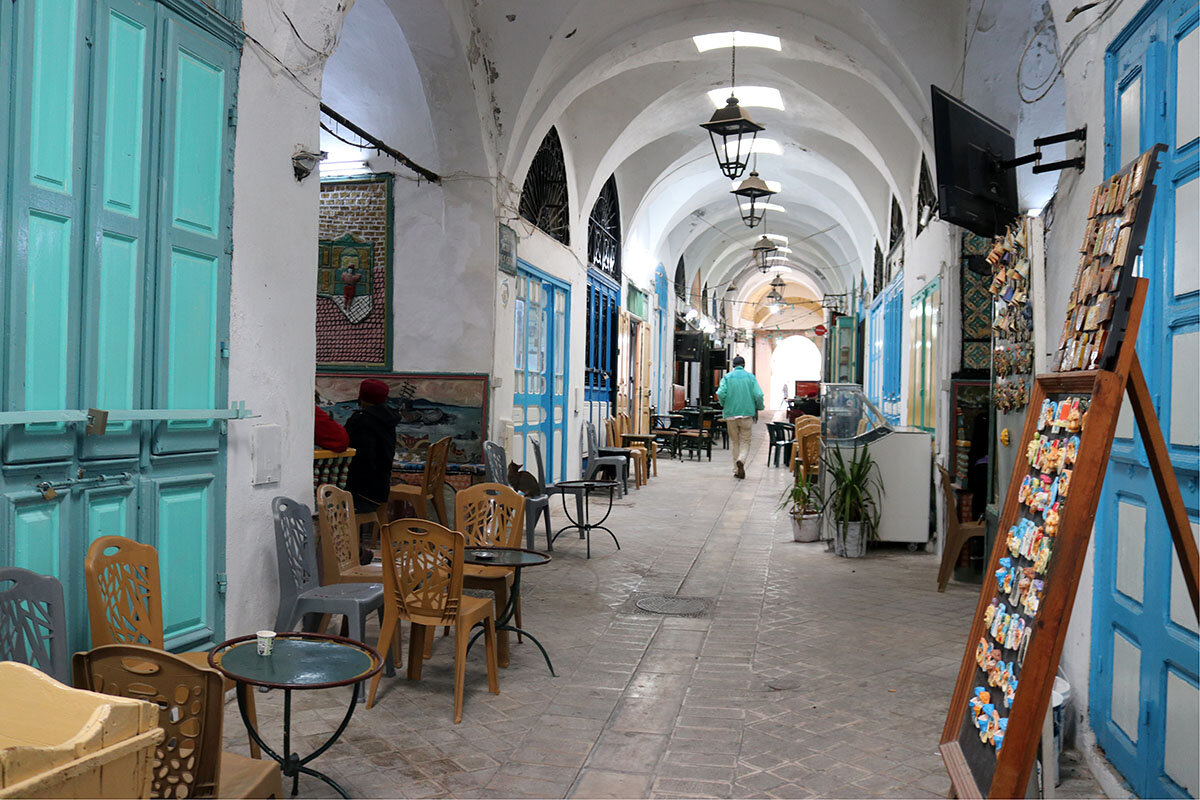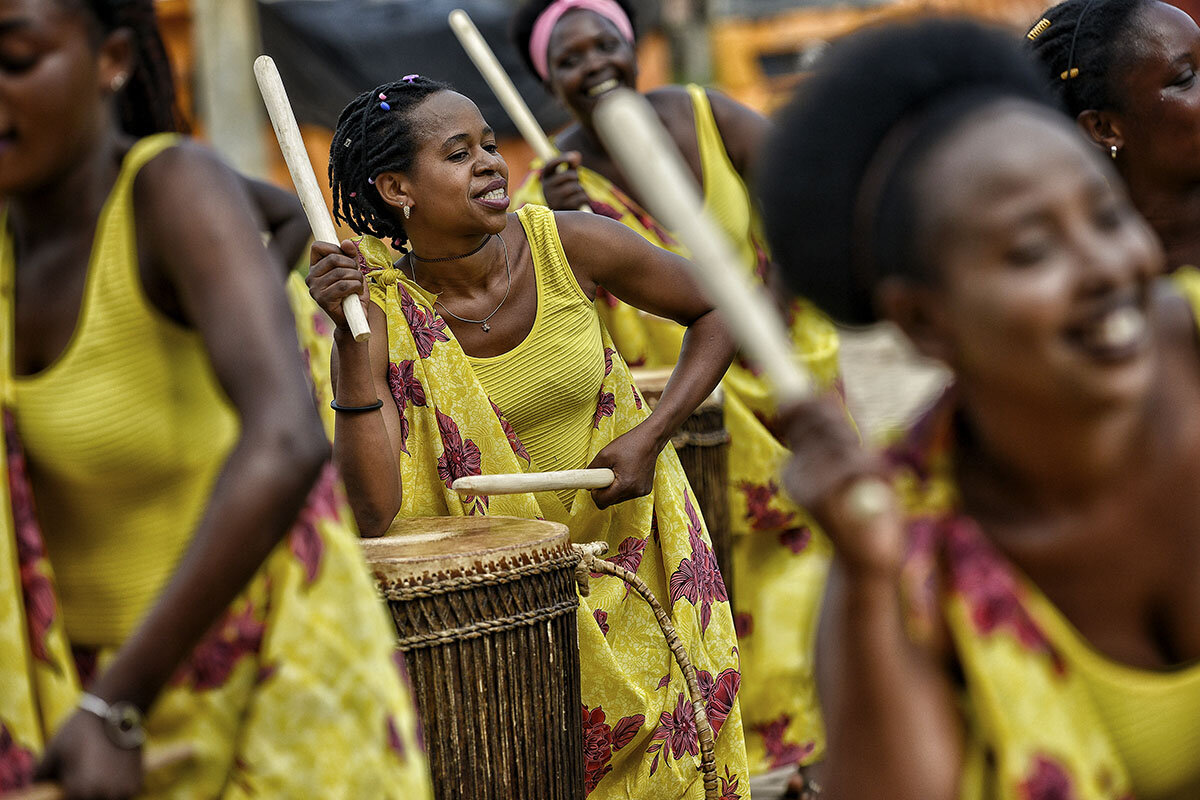Many argue that staffing Capitol Hill with people from a wider array of backgrounds could help address one of the biggest critiques about Washington – that it’s elitist and out of touch with average Americans.
Monitor Daily Podcast
- Follow us:
- Apple Podcasts
- Spotify
- RSS Feed
- Download
 Trudy Palmer
Trudy Palmer
Depending on what part of the world you live in, never having seen snow might sound like heaven. But it was making learning hard for the children in Robin Hughes’ Riverview, Florida, kindergarten class. Most had never encountered snow, so they couldn’t understand the book she was reading them. Sledding and snow angels made no sense.
Ms. Hughes decided to enlist help from her sister, Amber Estes, in Danville, Kentucky. Over Thanksgiving, when the two were together, Ms. Hughes asked her sister to send her some snow if her town got any. Ms. Estes agreed, assuming she wouldn’t have to make good on her promise.
Then, last month, to her surprise, Danville got a good dump of snow, so Ms. Estes got to work. She built a small snowman with blueberry eyes, a carrot nose, and twigs for arms. Several days later, after Lucky, the snowman, had spent some time refrigerated, she put him in an insulated container surrounded by ice packs and shipped him overnight to Florida.
Surprisingly, Lucky arrived more or less intact, just one blueberry out of place. Needless to say, the children were thrilled! And they continue to be.
Ms. Hughes brings out Lucky, who lives in the cafeteria freezer, for visits with the children on a regular basis. They touch him, cheer, and coo.
As Ms. Hughes told The Washington Post, “In a time when things are not normal for kids in the classroom and for adults … this little snowman has created happiness.”










